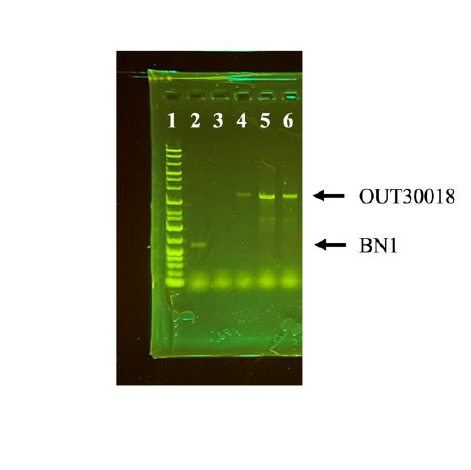Deletion of Glycine Betaine Transporter Gene Confers Increased Ectoine Accumulation in the Moderately Halophilic Halomonas elongata
Keywords:
Ectoine, Glycine betaine, Osmolyte, GB transporter, High salinity, Halomonas elongataAbstract
To survive in high-salinity environments, the moderately halophilic Halomonas elongata OUT30018 uses several mechanisms, including the biosynthesis and the uptake of compatible solutes, ectoine (Ect) and glycine betaine (GB), to accumulate as osmolytes inside the cell. This study aims to develop an H. elongata cell factory that can use a high-salinity medium derived from soy sauce dregs’ hydrolysate (SH medium) as a substrate for efficient production of Ect, a high-value chemical used in the cosmetic and medical industries. However, soy sauce dregs and other waste biomass contain GB, and GB uptake and accumulation strongly suppress Ect production. To block the entry of GB into H. elongata cell, we deleted the betH gene, which encodes the GB transporter, from the genome of H. elongata OUT30018. Analysis of intracellular concentrations of Ect and GB in the recombinant H, elongata BN1 (betH) cultured in SH medium containing 9% w/v NaCl shows that H. elongata BN1 accumulated higher level of Ect than the wild-type H. elongata OUT30018 cultures under the same conditions. As the H. elongata OUT30018 genome contains more than one GB transporter gene, subsequent deletion of more GB transporter genes from the H. elongata BN1 genome may further increase Ect accumulation.

